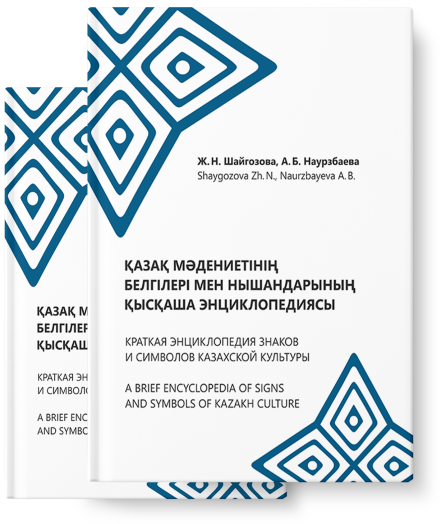
A short encyclopedia of
Signs and symbols of
Kazakh culture

Every tree is a living object for a nomad, a symbol of creative energy and vitality. In Turkic mythology, the tree/baiterek forms the central axis of the universe, penetrating the three levels of the universe – the upper, middle and lower worlds – and connecting them into a single cosmos/universe. Therefore, the tree and its derivatives in the form of various things and objects are “involved” in many rites and rituals. For example, musical instruments – dombra and kobyz – made from a single piece of wood in ancient times were interpreted as a projection of peace and used in wedding rituals and healing practises. An example of this is the asatayaq – staff.
In the Turkic worldview, sacred tree species (totems) such as fir, pine, oak, birch, juniper, and sycamore were also highly revered. Many Tengrian rituals were performed near a sacred tree, the “Mother of Trees.” They made offerings to such a tree, told it their problems and asked for help. Even today, Kazakhs hang rags on a lonely tree or bush to symbolise the fulfilment of the beggar’s wishes.
It is known that the world tree is one of the key symbols in the mythopoetics of all world cultures. One facet of this concept is the cult of sacred trees, which is also common to all archaic traditional mythoreligious systems of world cultures – the trees of life, immortality, wisdom and youth.

